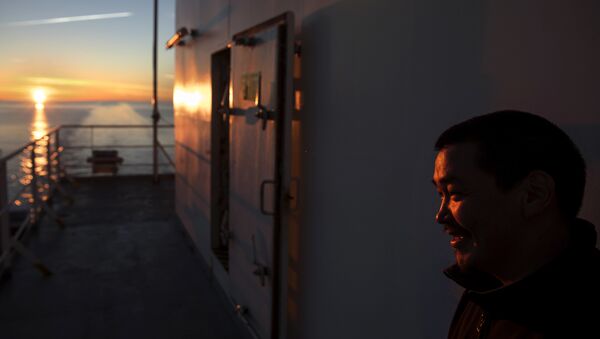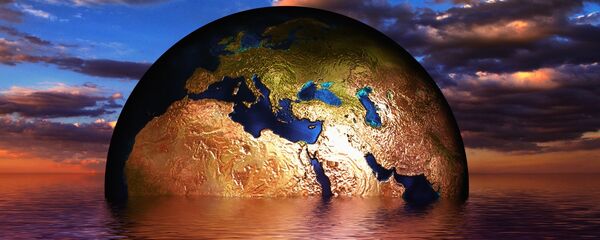The new study "indicates that now we're exposing landscapes that are 120,000 years old," noted lead study author Simon Pendleton of the University of Colorado's Institute of Arctic and Alpine Research, cited by Gizmodo.com.
"Our last century of warmth is likely greater than any century in the last 120,000 years," Pendleton added.
Researchers involved in the new report studied geographic anomalies and ancient ice on Canada's Baffin Island, particularly in high plateau ice caps and deep fjords.
As global warming due to human-induced climate change upsets the equilibrium of the ice caps — along with everything else on the planet — the Arctic has been shown to be warming at twice the rate of everywhere else, according to extensive research.
As summer melt rates increase in Arctic regions, large amounts of ancient mosses and lichens — among other things — are being exposed at the edges of the quickly receding ice.
As researchers collected samples and conducted radiocarbon dating, they found that the mosses were, at a minimum, some 40,000 years old, a known glacial period in the northern hemisphere.
Pendleton and his team then cross-referenced their findings with multiple sources, including ice measurements from nearby Greenland, and found that the region has been icebound for a period much longer than 40,000 years, leading them to observe that current Arctic summer temps are are now higher than at any time in 115,000-120,000 years, according to Gizmodo.com.
"To see it and walk on the ice cap and understand we're in a time that's exposing landscapes that haven't seen sunlight in possibly 120,000 years,' Pendleton stated, "has a profound effect," cited by Phys.org.





